A Noh stage with a thatched roof that blends into the old Japanese cedar grove
Chusonji Hakusan Shrine
.jpg)
Noh stage rebuilt and donated by the former Date feudal lord
Hakusan Shrine is one of the guardian shrines of Chusonji Temple and is located in the north of the temple grounds.
The existing Noh stage (pictured) was rebuilt and donated to the Temple in 1853 by the feudal lord Date Yoshikuni. Originally, the pine tree was on the backdrop was not painted on as it was given to the Temple during a time of economic crisis. However, the Yamauchi Enjoin's old pine tree was added by the Noh painter Matsuno Sofu.
It is the only remaining modern Noh stage in eastern Japan that is fully equipped with bridges and dressing rooms, and was designated as a National Important Cultural Property in 2003. The thatched roof was re-thatched in 2016, and the beautiful bare wood that has been washed away over the years blends into the ancient cedar grove. In addition, the sun shines deeply into the stage during performances, creating a unique atmosphere highlighting the beautiful costumes and faces.
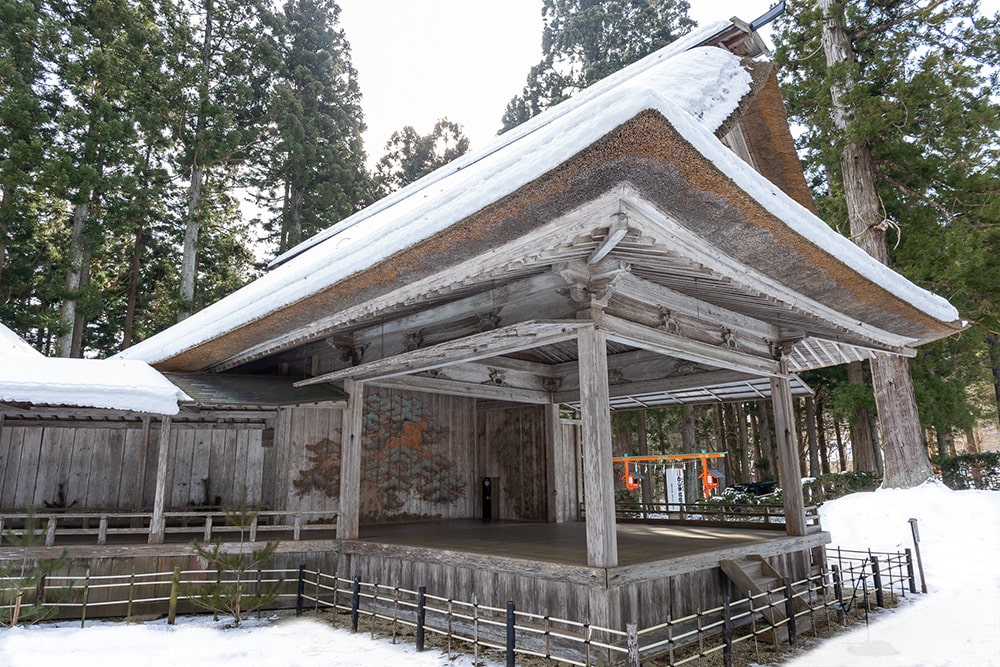
Dedication of the Chusonji Noh by Chusonji monks and local residents
It is said that Toyotomi Hidetsugu and Date Masumune visited Hakusan Shrine in 1591, and viewed a Noh dance on the shrine's Noh stage, which still remains there. It is believed that Noh plays were introduced to the Hiraizumi area during the Date feudal era. The Date clan originally maintained the konparu style of noh, but eventually switched to the kita style. Furthermore, in the town, localpeople, mainly Chusonji Temple monks, were trained and handed down noh songs and dances.
The Chusonji Noh, which is dedicated to Hakusan Shrine at the Fujiwara Festival in spring and autumn, uses a performance method that is currently rare in Japan, where the priest of Chusonji take the shite, waki, hayashi, and kyogen roles, and the local residents make up the noh chorus.
.jpg)
Every August, the Chusonji Firelight Noh performance invites its audience into its mysterious world
The Chusonji Noh, performed at the Fujiwara Festival in the spring, is called Oshinji Noh, or Shinto Ritual Noh. The Noh is performed following the old-fashioned Kojitsushiki Sanban dance by the monks of Chusonji Temple.
The opening of the ancient Shiki Sanban (three rituals) at Chusonji Temple first features the appearance of an old man (or 'white lieutenant') who preaches the prayers of the temple in honour of the beautiful surrounding mountains and rivers. In the next ritual prayer, a monk who hides his face chants a congratulatory message, and a monk wearing a mask in the form of a young woman (jyakujo) performs a dance with a bell and a fan. Lastly, a monk wearing a mask in the shape of an old woman dances with a bell and fand while accompanied by a flute and some drums. In 1876, this Shinto ritual along with a Noh play were viewed here by the emperor of the time.
In addition to the Chusonji Noh, the Chusonji Firelight Noh is performed every year on August 14. While a bonfire is burning, Kita-style Noh and Izumi-style Kyogen are performed, unfolding a mysterious world.
Information
- Address
Hiraizumi Koromonoseki,
Hiraizumi-cho, Nishiiwai-gun Iwate-ken 029-4102
Japan
- Tel
+81-191-46-4397
- Traffic guide
About 25 minutes by car from JR Ichinoseki Station
- Nearest bus stop
15 minutes walk from Chusonji Temple (Mizusawa Maesawa Line)
- Website
https://iwatetabi.jp/spot/detail.spn.php?spot_id=723
(Iwate Prefecture Tourism Association)
Enjoy Nohgaku through Music
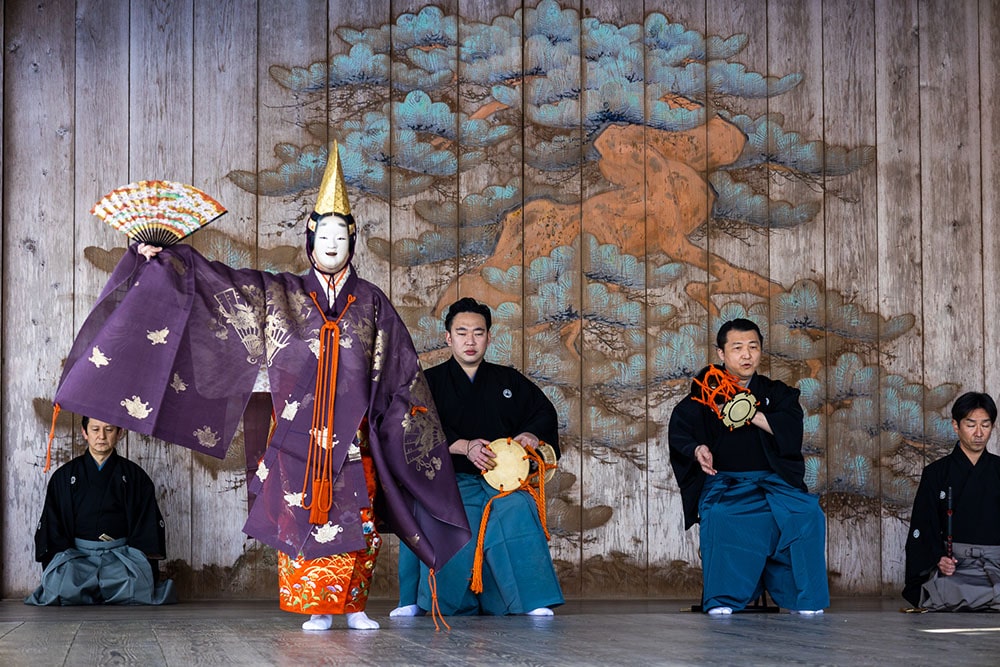
Noh "Yoshino Shizuka"
The setting
Yoshino
Story
Minamoto no Yoshitsune descends from Mount Yoshino. In order to put an end to his pursuit, Shizuka Gozen and her vassal, Tadanobu Sato, devise a plan. A glamorous work with beautiful dancing.
Special Video
Photo Gallery
This is a collection of photos of the landscapes of Hiraizumi, bursting with seasonal charms, and famous sites related to Nohgaku.
The Charms of the Seasons in Hiraizumi
-1.jpg)
Hiraizumi, a scenic ancient city with beautiful cherry blossoms
In the ancient city of Hiraizumi, beautiful cherry blossoms are in full bloom from mid-April to late April.
Prefectural Road 300's Cherry Blossom Trees (pictured) is an approximately 1.5km stretch of road along Prefectural Road 300 which is lined with various types of cherry blossom tree, such as the Yoshino cherry tree. It runs from JR Hiraizumi Station to Chusonji Temple. When it is in full bloom, it becomes a "cherry blossom tunnel", as its name suggests, and creates a breathtaking scene.
Saigyo Sakura no Mori is a forest in the Nagashima area where poet Saigyo Hoshi once wrote about the beauty of cherry blossoms, saying, "I did not know that we still have such beautiful mountains aside from Yoshino". Thousands of various types of cherry blossoms have been planted for the purpose of reviving the old Sakurayama. From the observatory, you can overlook the streets of Hiraizumi and see sights such as Chusonji Temple and Motsuji Temple, and in the distance you can see the cherry blossoms in full bloom and the snowy mountains.
-1.jpg)
Enjoy the lotus and Japanese irises that bloom on the waterfront
Every summer, Hiraizumi is greeted by seasonal flowers that bloom on the waterfront, creating a chilled atmosphere.
At Motsuji Ayame Park(pictured), Oizumi floating in the Jyodo (Pure Land) Garden is on the west side of the pond. From late June to early July, 30,000 irises of 300 different species are in full bloom. The colorful flowers of white, yellow and purple create an exquisite contrast with the deep green of the garden. During this period, the Ayame Festival is held at Motsuji Temple, and many events that convey Japanese traditions such as traditional dances, koto and shakuhachi concerts, and tea parties are held.
From mid-July to mid-August, The Chusonji Lotus blooms bright pink flowers at the Kongoin Lotus Pond on the east side of the Temple's Golden Hall. The Chusonji Lotus is a germinating and flowering seed of about 800 years old found in a tub in the grave of the fourth ruler of Northern Fujiwara, Fujiwara no Yasuhira, during the excavation of the Golden Hall in 1950.
-1.jpg)
The autumn leaves reflected on the water's surface in the Jyodo (Pure Land) Park
From late October to mid-November, the trees in Hiraizumi become more vivid in colour and it becomes one of the most famous spots for viewing the autumn leaves in Tohoku. You can enjoy them alongside the famous sites, such as the shrines and temples.
The Kanjizaiōin Ruins (pictured) is a garden adjacent to Motsuji Temple, and is said to have been built by the wife of Fujiwara no Motohira from Oshu. The remains of the Jyodo (Pure Land) Park, which are centred around Maizuru's pond, have been preserved in almost perfect condition and are now being maintained as a historic park. The surrounding scenery and autumn leaves reflected on the surface of the pond invite you into a world of peace.
In addition, the autumn leaves of Oizumi, in the center the Jyodo (Pure Land) Park in Motsuji Temple reflect beautifully in the park's waters. Here, the contrast between colour of the Japanese Maple and Yamamomiji Maple trees in the grounds of the Chusonji Temple and the dense Japanese cedar is a must see.
-1.jpg)
Ancient temples covered in snow add to the charm
Hiraizumi, which is covered in snow and eneveloped in silence, has the charm and elegence of an ink wash painting.
Takkoku no Iwaya Bishamonten (pictured) is a cave where Sakanoue Tamura Maro enshrined Bishamonten as a memorial to the suppression of the Emishi. It is an ancient temple with a history of more than 1200 years, and has been designated as a National Historic Site as "Takkoku Saikoji". When snow accumulates in winter, the contrast between the vermilion torii gate and Bishamon-do and the accumulated white snow is beautiful.
Furthermore, in Hiraizumi, there is a bonfire in which a 100 meter burning Chinese character meaning "large" floats in the night sky over Tabashineyama, a mountain likened to Higashiyama in Kyoto. In winter the character is covered with snow and appears white, and it is also known as a quaint landscape.
記事で平泉を楽しむ
-

- 能
- 平泉
- 歴史
武士が主人公の演目「修羅物」の魅力
-

- 能
- 知識
- 平泉
中尊寺能を支える平泉の民〜平泉の能楽の現在
-
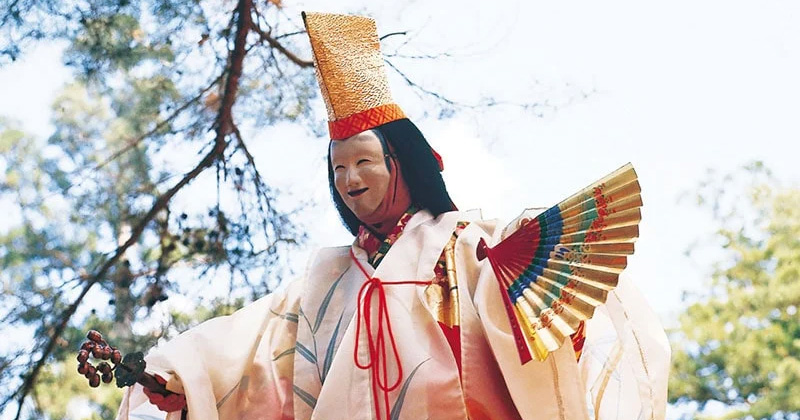
- 平泉
- 文化財
- 観光
平泉をはじめ岩手県南で継承されている郷土芸能
-
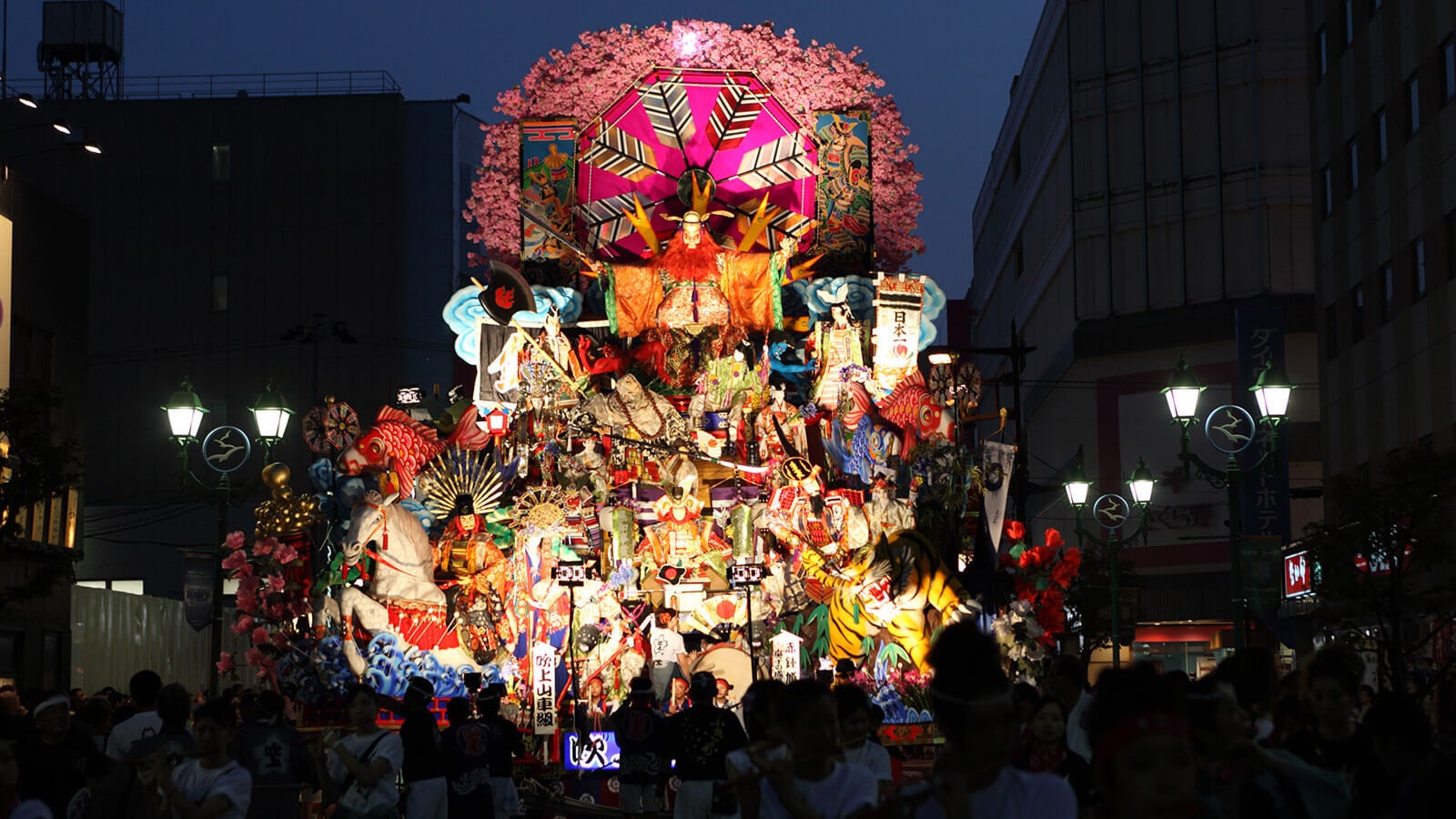
- 平泉
- 歴史
- 観光
【青森編】「義経北行伝説」の足跡を追う歴史ロマンあふれる旅へ 後編
-
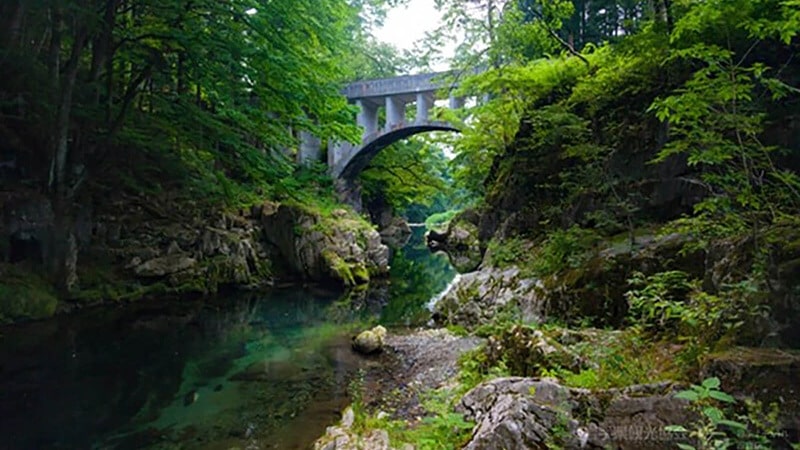
- 平泉
- 歴史
- 観光
【岩手編】「義経北行伝説」の足跡を追う歴史ロマンあふれる旅へ 前編
-
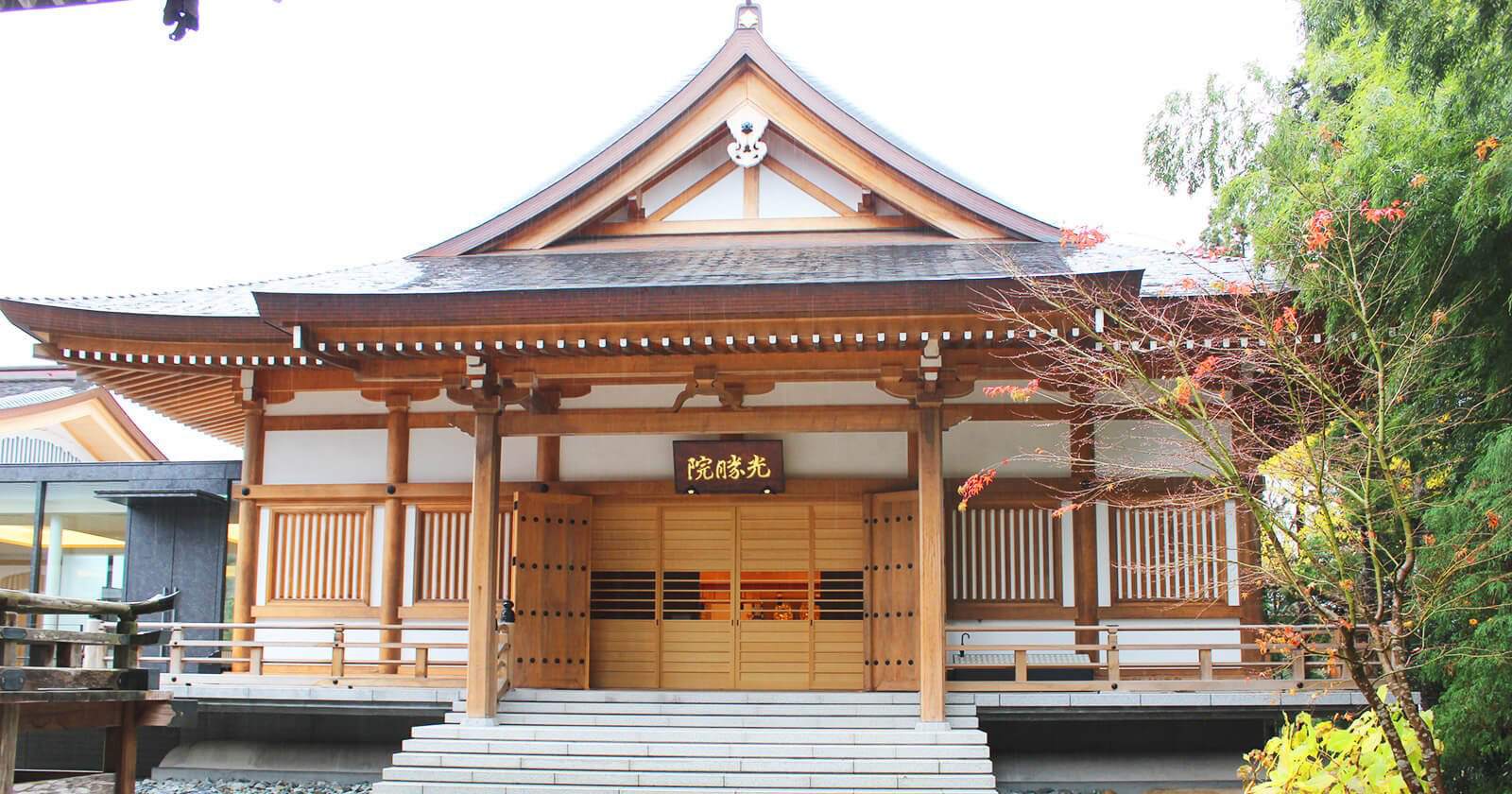
- 平泉
- 文化財
- 観光
世界遺産での座禅体験など平泉を体験する旅へ
-
![中尊寺と能楽、そして平泉の魅力 [佐々木多門インタビュー]](https://www.nohgaku.or.jp/hubfs/%E4%BD%90%E3%80%85%E6%9C%A8%E5%A4%9A%E9%96%80%E5%85%88%E7%94%9FKV.jpg)
- 能
- 知識
- 平泉
- インタビュー
中尊寺と能楽、そして平泉の魅力 [佐々木多門インタビュー]
-
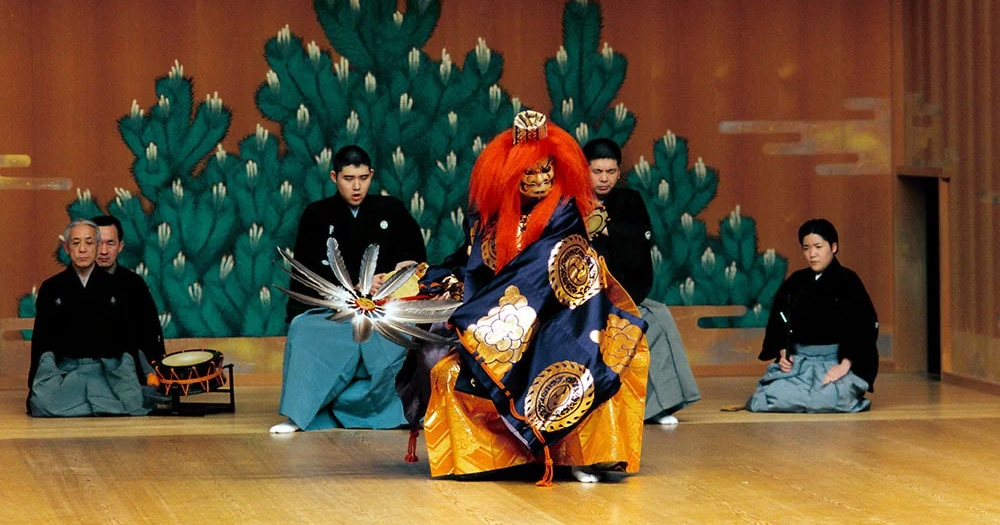
- 能
- 知識
- 平泉
平泉と縁が深い源義経が登場する能の演目
-
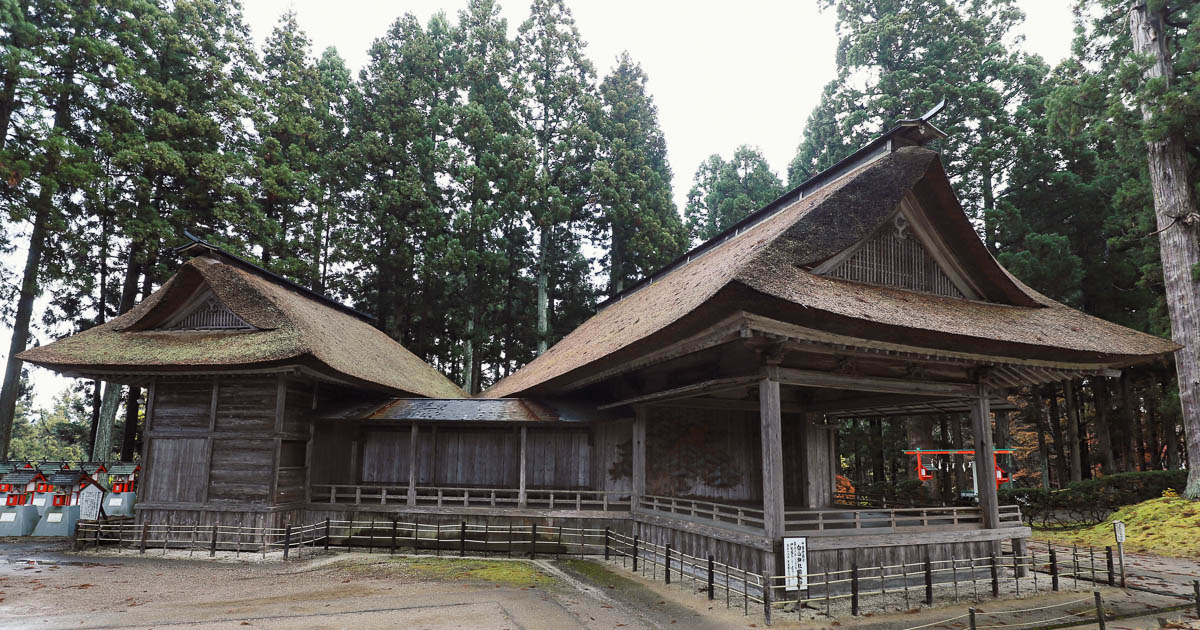
- 平泉
- 歴史
- 観光
中尊寺の見どころを巡る境内散策旅
-
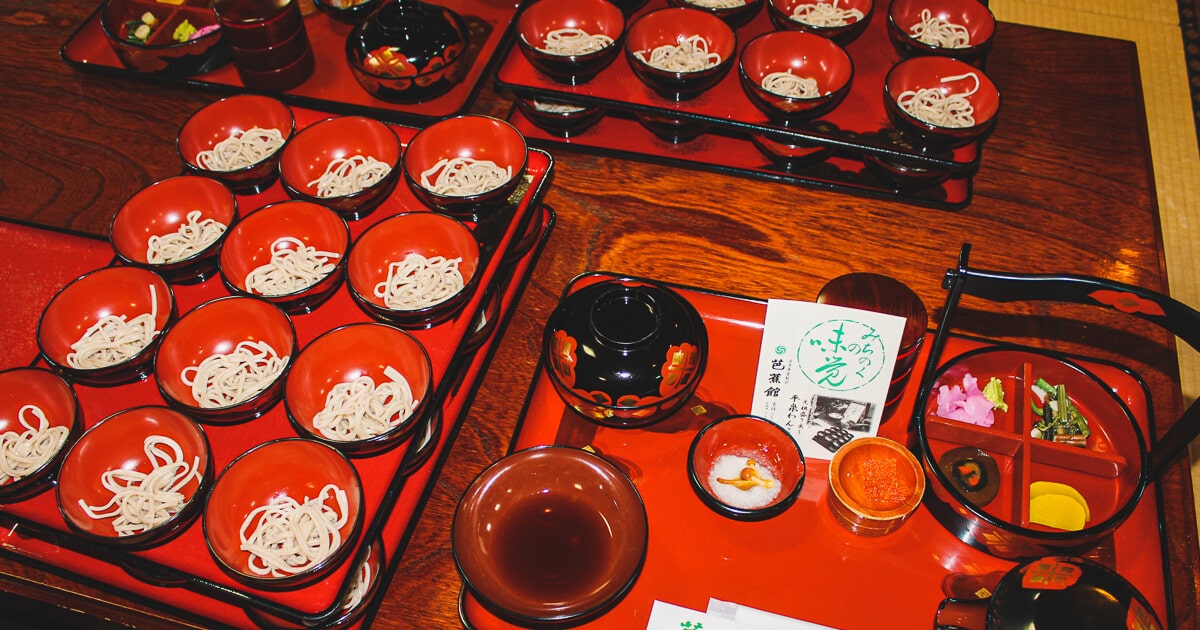
- 平泉
- グルメ
食べ歩きのおやつから郷土料理まで、平泉グルメを味わう
-
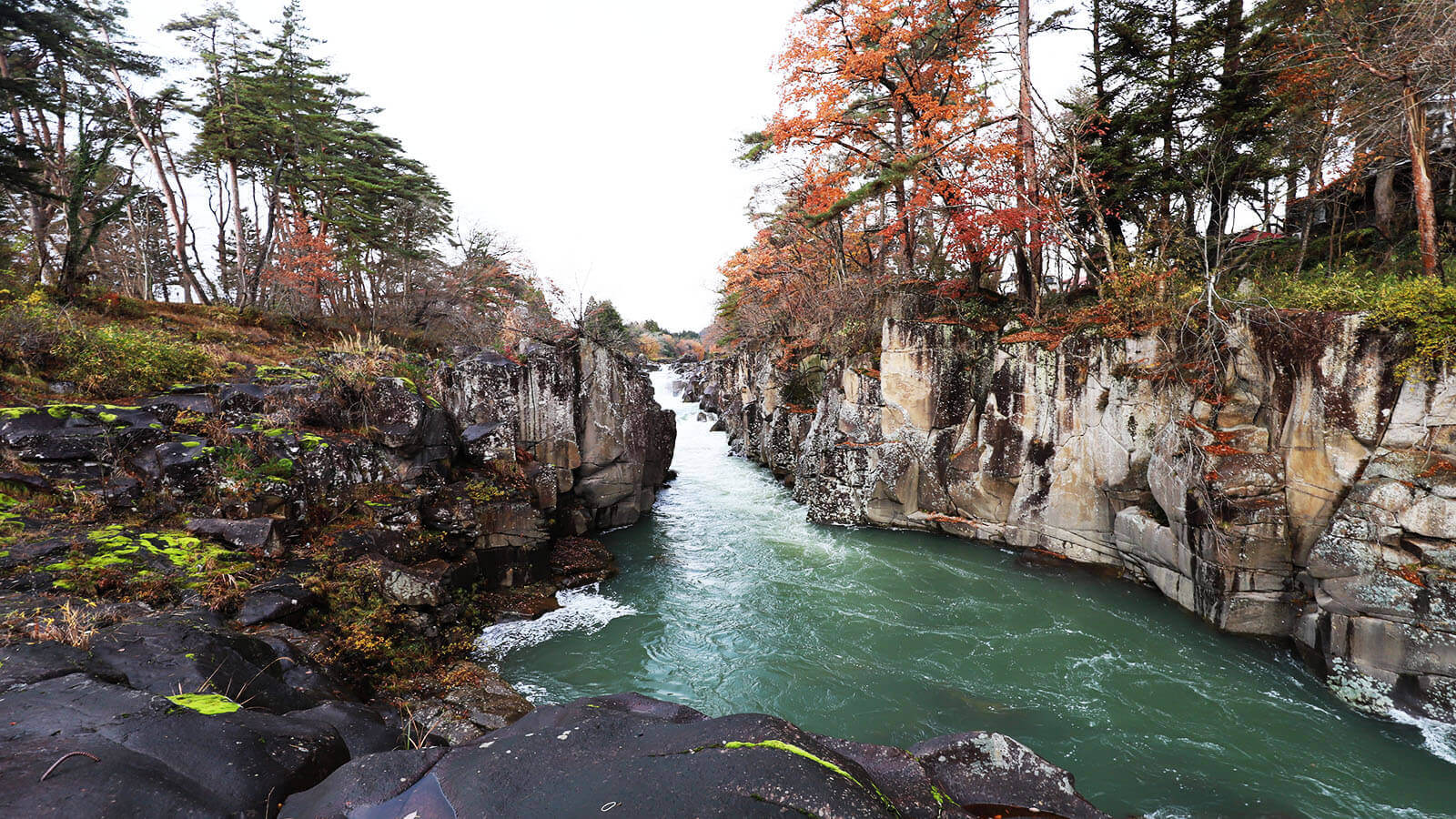
- 平泉
- 観光
体も心もほかほかに温まる平泉周辺の温泉案内
-
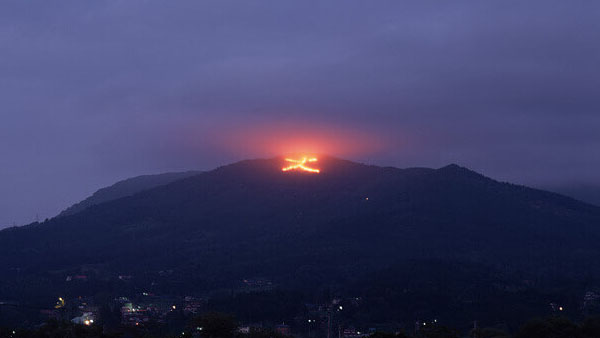
- 平泉
- 観光
平泉らしさにあふれた新旧の年中行事

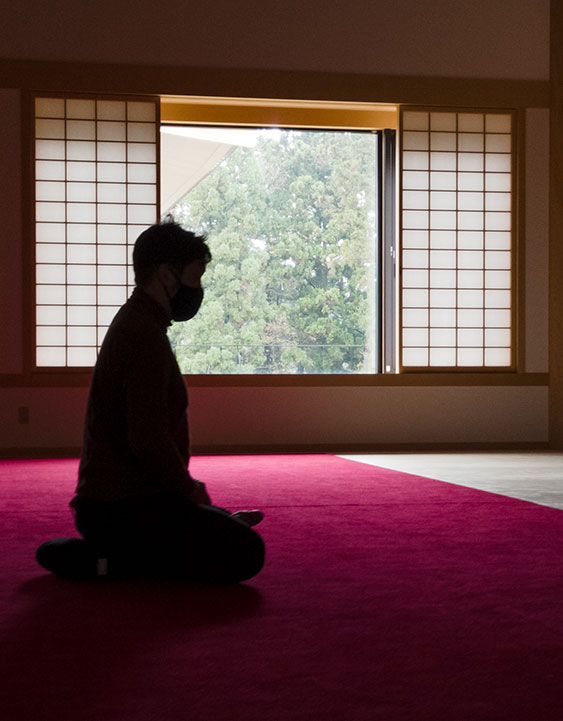
.jpg?width=320&name=hiiraizumi_photo%20(10).jpg)
.jpg?width=320&name=hiiraizumi_photo%20(11).jpg)
.jpg?width=320&name=hiiraizumi_photo%20(3).jpg)
.jpg?width=320&name=hiiraizumi_photo%20(6).jpg)
.jpg?width=320&name=hiiraizumi_photo%20(8).jpg)
.jpg?width=320&name=hiiraizumi_photo%20(1).jpg)
.jpg?width=320&name=hiiraizumi_photo%20(13).jpg)
.jpg?width=320&name=hiiraizumi_photo%20(14).jpg)
.jpg?width=320&name=hiiraizumi_photo%20(12).jpg)
.jpg?width=320&name=hiiraizumi_photo%20(7).jpg)
.jpg?width=320&name=hiiraizumi_photo%20(15).jpg)
.jpg?width=320&name=hiiraizumi_photo%20(4).jpg)
.jpg?width=320&name=hiiraizumi_photo%20(5).jpg)
.jpg?width=320&name=hiiraizumi_photo%20(9).jpg)
.jpg?width=320&name=hiiraizumi_photo%20(2).jpg)




